When people think of Pakistan, they often imagine mosques, forts, and breathtaking mountain ranges. Yet hidden across the country lies another treasure—its Hindu temples. These sacred places, spread across Sindh, Punjab, and Balochistan, are living reminders of a shared past where different faiths coexisted. Today, the Hindu temples in Pakistan not only serve as centers of worship but also stand as Hindu heritage sites in Pakistan, drawing pilgrims, historians, and curious travelers alike.
For the Hindu community, they hold immense spiritual value, while for visitors, they open a window to the cultural heritage Hindu temples preserve. From ancient Hindu temples Pakistan is proud of, to vibrant shrines still full of life, this guide explores the most famous Hindu temples Pakistan has to offer, with insights into their history, architecture, festivals, and why you should visit them.
Katas Raj Temples – Chakwal, Punjab
Among the most historic temples in Pakistan, the Katas Raj Temples are perhaps the most iconic. Nestled near Chakwal, this temple complex surrounds a sacred pond said to have formed from Lord Shiva’s tears after the loss of his beloved Sati. This mythology alone makes it one of the most revered Lord Shiva temples Pakistan has preserved. Historically, the temples date back to the 6th century, with the Hindu Shahi kings expanding the complex during their reign. The site even caught the admiration of later rulers like the Mughals.
Architecturally, the shrines combine Kashmiri and Gandharan influences, with finely carved stone walls and domed courtyards. Pilgrims, particularly during Maha Shivratri, still travel from far and wide to worship here, making it one of the key Hindu pilgrimage sites in Pakistan. For visitors, the cooler months from October to March are best for exploring this spiritual and scenic site.

Hinglaj Mata Temple – Balochistan
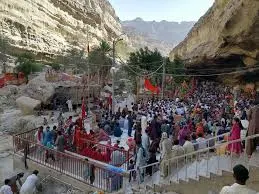
Devotees have worshipped here for thousands of years, making it one of the most ancient Hindu temples Pakistan still honors today. Every spring, the Hinglaj Yatra brings together over 20,000 pilgrims, making it the largest Hindu gathering in the country.
The surrounding desert and mountains give the site a mystical aura, and visiting during the pilgrimage is a once-in-a-lifetime experience. Beyond faith, this temple also showcases the resilience of the Hindu community in Pakistan, as it continues to thrive despite its remote location.
Shri Swaminarayan Temple – Karachi, Sindh

In Karachi, the bustling heart of Sindh, stands the Shri Swaminarayan Temple, built in 1849. Dedicated to Swaminarayan, this temple is among the most vibrant Hindu heritage sites in Pakistan. With colorful frescoes, domed roofs, and spacious courtyards, the temple is both architecturally significant and spiritually active. Historically, it served as a central place for the Gujarati Hindu community, providing not just worship but also cultural gatherings. Today, it continues to host festivals such as Diwali and Janmashtami, attracting thousands of worshippers every year. For Hindus in Karachi and beyond, it remains one of the most famous Hindu temples Pakistan has to offer and a beacon of cultural identity.
Shri Varun Dev Mandir – Manora Island, Karachi
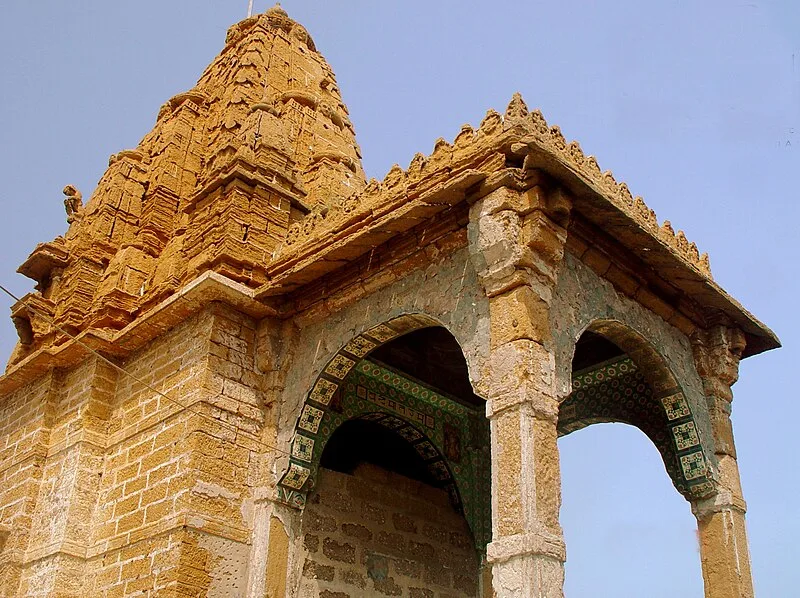
Perched on Manora Island off Karachi’s coast is the Shri Varun Dev Mandir, dedicated to Varun Dev, the Hindu god of oceans. Believed to be nearly 1,500 years old, this temple is one of the oldest historic temples in Pakistan and holds deep maritime significance. For centuries, seafaring Hindus would pray here before embarking on journeys, seeking divine protection from the sea. Although time and neglect have left it weathered, restoration efforts are underway to preserve it as one of the unique cultural heritage Hindu temples.
Its seaside location makes it a fascinating destination for both pilgrims and history enthusiasts. Visiting during the winter months allows one to appreciate its serene setting while reflecting on its historic role in Hindu religious life.
Umarkot Shiv Mandir – Sindh
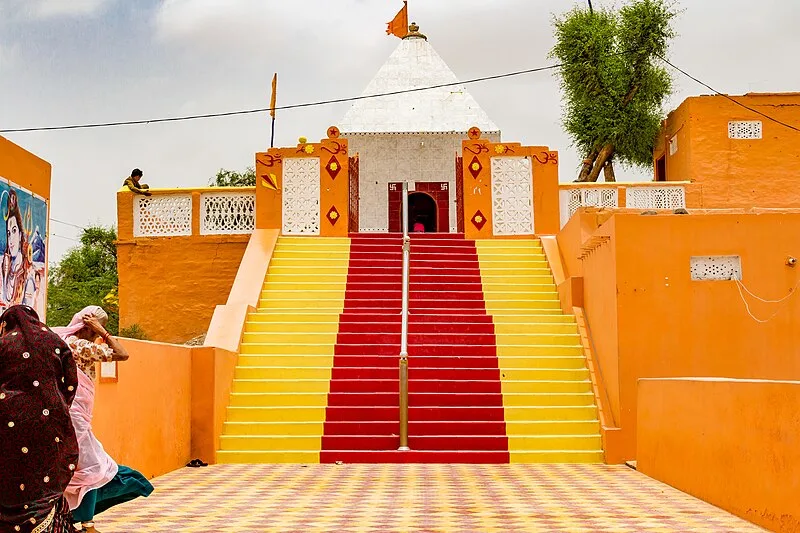
The Umarkot Shiv Mandir is not just one of the grandest temples but also one of the busiest Lord Shiva temples Pakistan has. Its history dates back to the 18th century, when the Hindu ruler Rana Amar Singh is believed to have expanded it. The temple is especially renowned for the Maha Shivratri festival, which draws nearly 100,000 pilgrims annually, making it one of the largest Hindu gatherings in the country.
Architecturally, it is decorated with spires and colorful Sindhi designs, while its interiors glow with paintings and murals. For the Hindu community, Umarkot is more than a temple—it is a living center of faith, devotion, and community bonding. For travelers, it is an unforgettable stop in the landscape of Hindu religious tourism Pakistan continues to nurture.
Shri Panchmukhi Hanuman Mandir – Karachi, Sindh
Among the ancient Hindu temples Pakistan treasures, the Shri Panchmukhi Hanuman Mandir is perhaps the most unique. Located in Karachi, this temple is said to be more than 1,500 years old and is famous for its five-faced idol of Lord Hanuman. Unlike most idols carved by artisans, this one is believed to be a naturally formed stone, making it rare and spiritually powerful. The temple is modest but deeply revered, and during Hanuman Jayanti, thousands of devotees gather to offer prayers. It is a shining example of how Hindu heritage sites in Pakistan have survived through centuries, carrying forward traditions that remain central to the Hindu faith.
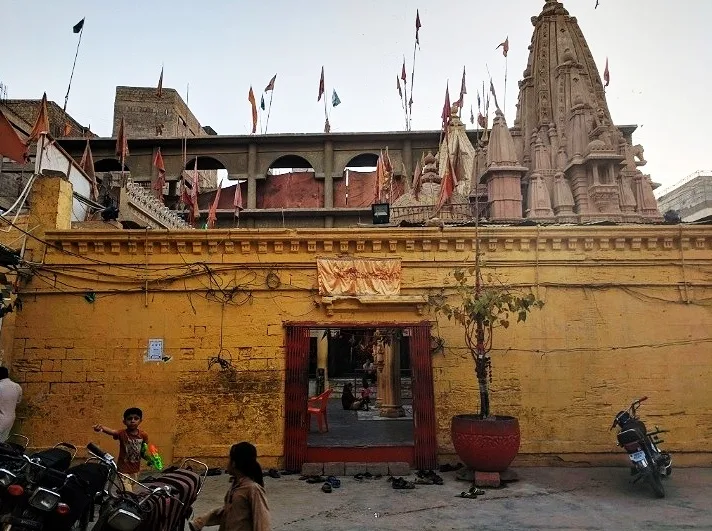
Shri Ratneshwar Mahadev Temple – Clifton, Karachi
Tucked near Clifton Beach in Karachi, the Shri Ratneshwar Mahadev Temple is another remarkable site among Hindu temples in Pakistan. Built more than 150 years ago, it is dedicated to Lord Shiva but stands out because of its underground, cave-like design. Visitors descend narrow stairways into chambers filled with flickering lamps and devotional chants, creating an atmosphere unlike any other.
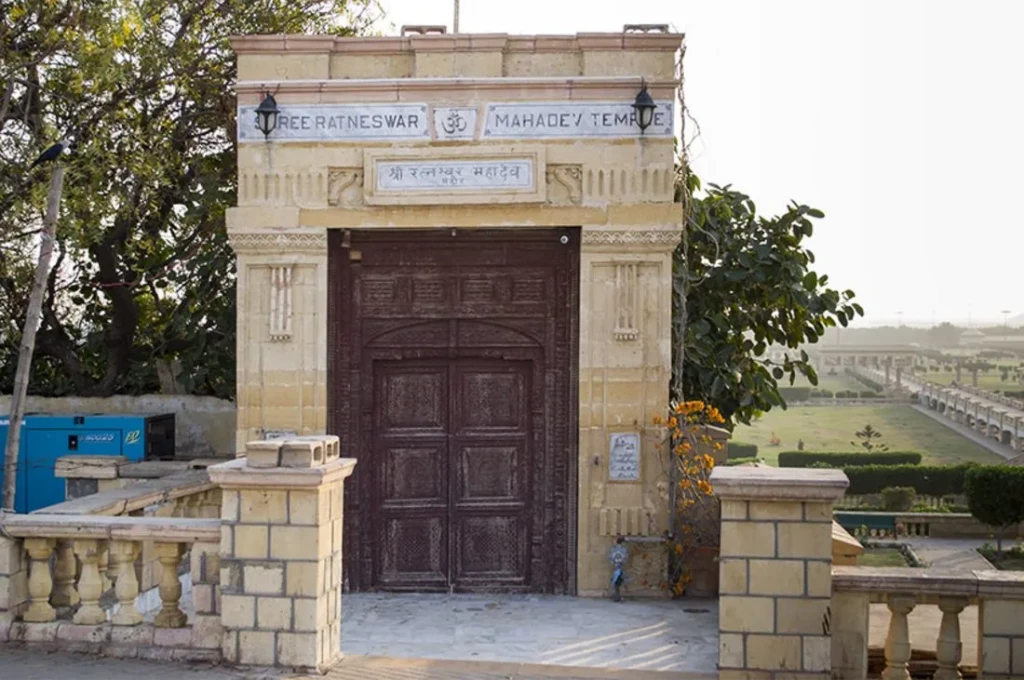
During Shivratri, the temple comes alive with thousands of devotees, rituals, and all-night prayers. It is one of the most unusual yet captivating cultural heritage Hindu temples, blending spirituality with architectural curiosity.
Why These Temples Should Be on Your Travel List
For Hindus, these shrines are far more than religious structures—they are emotional anchors to a sacred history. For travelers, they offer rare access to historic temples in Pakistan that speak of resilience, devotion, and artistry. Visiting these sites means joining the footsteps of countless pilgrims, witnessing unique architectural styles, and experiencing festivals that keep traditions alive. Together, they form the foundation of Hindu religious tourism Pakistan is slowly developing, opening doors to cultural understanding and spiritual enrichment.
Conclusion
From the mystical caves of Hinglaj Mata to the sacred waters of Katas Raj and the vibrant festivals of Umarkot, the Hindu temples in Pakistan are living testimonies to centuries of devotion and diversity. They are famous Hindu temples Pakistan continues to cherish, despite the challenges of time. Visiting them is more than a journey of faith—it is an exploration of history, culture, and shared heritage. For the Hindu community, these temples remain vital threads connecting generations; for travelers, they are unforgettable experiences in the heart of South Asia.


